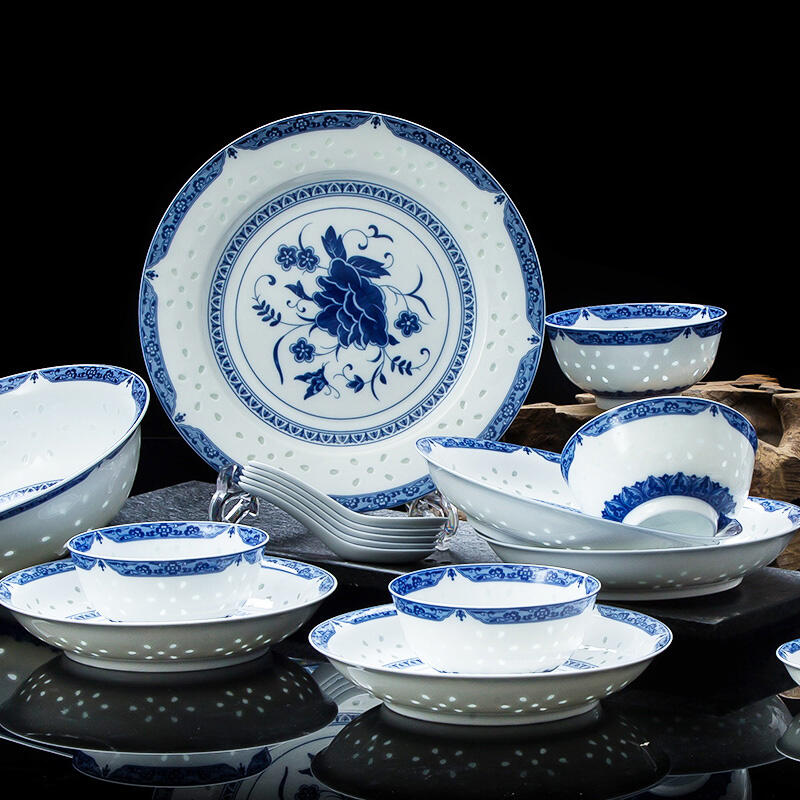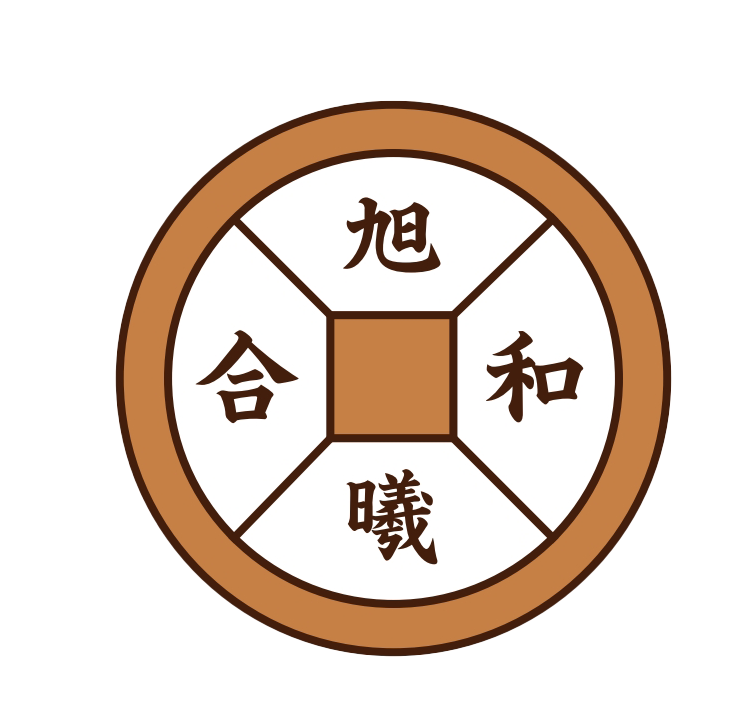History of Jingdezhen Ceramic World Industry
Jingdezhen ceramics are artistic treasures. For more than a thousand years, Jingdezhen's porcelain industry has integrated the culmination of famous kilns of all dynasties and the essence of skills from all over the world to form a unique handmade porcelain production system. In the evolution of the years, Jingdezhen porcelain has become more and more new and shining with an attractive light.
"White gold". Chinese porcelain was exported to the Red Sea and Egypt in the Tang Dynasty, which had an impact on local glazed pottery. Most Europeans did not know about Chinese porcelain until the end of the 16th century. They were very surprised that porcelain could be more beautiful than crystal. The impermeable, white and smooth, very practical beauty of Chinese porcelain, as well as its low price compared to crystal and silver, made it deeply loved by local people as soon as it appeared in Europe.
A symbol of nobility. In Europe, Jingdezhen porcelain has become a treasure of the palace, a treasured object of the upper class, and a symbol of people's status. Especially under the influence of Queen Mary II of England, the British society in the 17th and 18th centuries was involved in the Chinese porcelain fever from top to bottom: the nobles built porcelain houses at home, and the royal family built porcelain palaces in the court. This trend swept across Europe. In some European courts, so-called "porcelain houses" were built one after another, displaying many exquisite Chinese porcelains (especially Jingdezhen porcelains). In Britain, France, Germany, and Austria, their palaces were also like this. In 1670, Louis XIV of France built a porcelain palace in the Palace of Versailles and spent a lot of money to purchase blue and white and multicolored porcelains produced in Jingdezhen: in 1717, Augustus II, King of the Duchy of Saxony in Germany, and William I, King of Prussia, reached a deal to exchange 600 royal guards for 127 pieces of Chinese porcelain; Frederick II of the Kingdom of Prussia in Germany, who reigned from 1740 to 1786, displayed various Chinese porcelains represented by Jingdezhen blue and white porcelain in his Sanssouci Palace.


